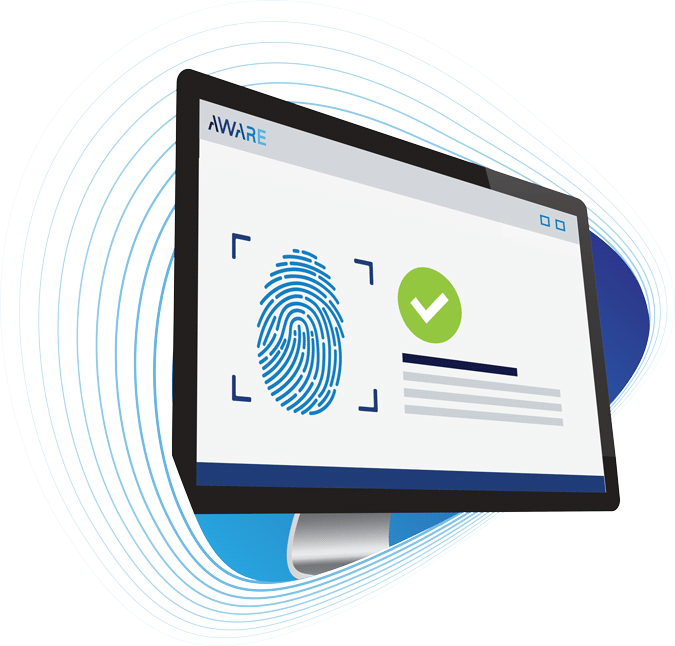How Biometrics Increase Speed in Crime Solving
November 17, 2022 | 3 minute read
Biometrics are among the strongest identification methods available due to their uniqueness. No two individuals, not even identical twins, have the exact same identifiers – be it fingerprints, irises, voice scans or faceprints. This makes biometric identification an extremely important tool for law enforcement agencies, who can use it reliably as part of background checks and criminal investigations.
Fingerprint identification
Fingerprint identification is a crucial modality to law enforcement agencies and is a valuable tool in crime solving. But speed is a huge factor in law enforcement. The number of promising leads tends to drop after the first days of an investigation. While we might see a fingerprint search come up with a match in seconds, that is not usually the case. Fingerprint matching can take anywhere from a few hours to a few weeks. In some cases, it could take months if a local agency needs to send the prints to a state or federal database for identification and then wait for a response. Fingerprints help investigators link one crime scene to another involving the same person. Fingerprint identification also helps investigators track a criminal’s record, their previous arrests, and convictions, to aid in sentencing, probation, parole, and pardoning decisions.
Today, technology is available to shorten the amount of time it takes to accurately identify suspects. Mobile fingerprinting devices enable officers in the field to obtain fingerprints of persons in the field and check them against State and Federal fingerprint databases in under 1 minute. Through the use of this device, officers can determine whether a person has provided a false identity, has a criminal history, or is wanted for a crime. Having this information has many benefits to the officer including whether the suspect poses an immediate threat or whether they have an outstanding warrant.
Iris Recognition
Another advancement in biometric use in law enforcement involves something equally unique to each person—your eye. There is a lot about your eye that is individual. Your eyes don’t change as you age and unlike your fingerprints, you can’t easily alter them. While your fingerprints can’t be permanently changed without surgical or chemical alteration, a week of tough landscaping—for example—can temporarily make some fingerprints unreadable. Your iris, however, is naturally protected and isn’t influenced by ordinary outside factors. Until now, the equipment required to perform iris collection has been prohibitively expensive but costs are now coming down.
Biometric Identification Systems
For local law enforcement agencies interested in solutions that will help speed up the investigative process, the AFIX suite of products from Aware delivers the best in biometric identification systems. With AFIX Tracker, affordable, accurate, multimodal biometric ID technology is readily available for a broad range of scenarios and use cases. Since its initial deployment in 1998, AFIX systems have been installed in over 196 agencies across the U.S and more than 25 countries.
